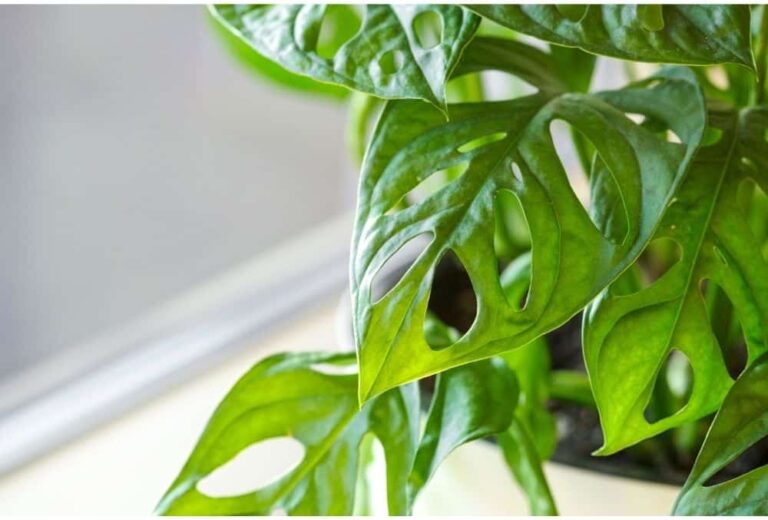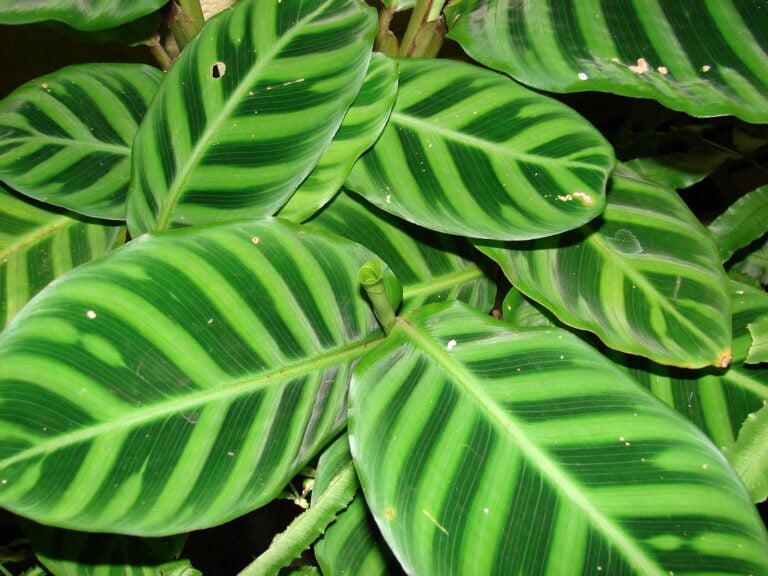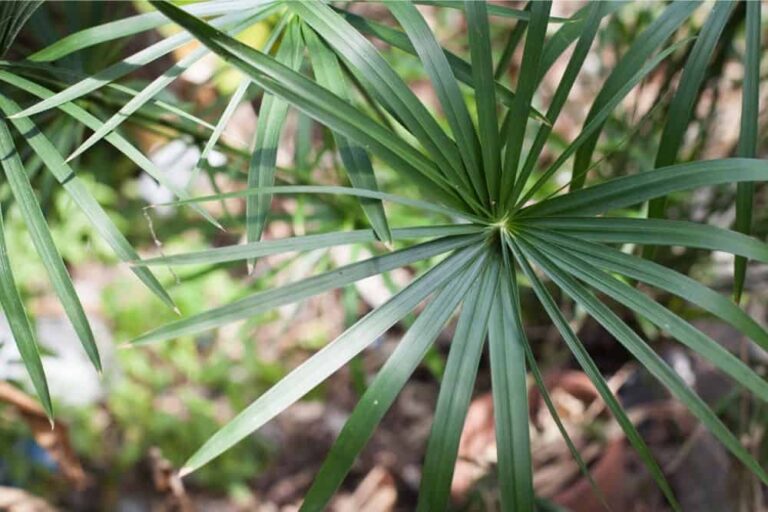Watermelon Peperomia Growing Guide
Watermelon peperomia gets its name from the appearance of its leaves. Each of its leaves is green and white striped and look like the rind on a watermelon. While that’s where the similarities to watermelon end, the plant has several other features to recommend it. It’s a relatively easy to grow houseplant that can survive with a bit of neglect. In fact, giving the plant too much care and attention is more likely to hurt it than forgetting to water it. The plant is a member of the Peperomia family, which get their family name because they closely resemble the black pepper plant.
The Peperomia Family
Watermelon peperomia, also known by its scientific name Peperomia argyreia or by the common name Watermelon begonia, is a member of the Peperomia family of plants. According to Gardening Know How, there are more than 1,000 plants in the Peperomia family.
Although there is a fair amount of variety among members of the Peperomia family, they tend to share a few key features in common. One of those features is their relatively small size. Another feature that the plants have in common is being relatively easy to grow.
Along with watermelon peperomia, here a few other varieties you might find in a gardening center. Some gardeners enjoy growing several different varieties of peperomia together because each plant has such a unique look.
- Teardrop Peperomia. The scientific name of teardrop peperomia is Peperomia orba. The plant’s key feature is its small, teardrop shaped leaves. A very small plant, it is often used in terrariums. There’s also a variegated variety, which has sunny yellow leaves.
- Rainbow Peperomia. Rainbow peperomia (Peperomia clusiifolia ‘Rainbow’) has thick, succulent-like leaves. The leaves are colorful and are usually tinged with pink.
- Peperomia prostrata. Peperomia prostrata is a creeping, trailing variety that has small, dark green leaves.
- Theresa Peperomia. Theresa Peperomia (Peperomia caperata ‘Theresa’) has textured, deep red leaves.
Distinctive Features of Watermelon Peperomia
Watermelon peperomia is a small plant. It usually grows to a height of about 9 inches and has a width of about 6 inches, according to the Missouri Botanical Garden.
The plant’s glossy, 3.5 inch leaves are what it gives it its name. Each leaf features a silver and green striped pattern, which closely resemble the markings you’d see on a watermelon rind.
Avoiding Confusion
Although you might occasionally see watermelon peperomia described as watermelon begonia, it’s important to understand that the plant isn’t a member of the same family as begonias. In fact, there’s another plant entirely that is also called watermelon begonia.
Begonias are generally more difficult to grow indoors than members of the peperomia family. If you’re looking at a plant that’s labeled watermelon begonia and you’re not sure if it’s a real begonia or peperomia, take a look at the scientific name on the plant’s tag. Watermelon peperomia should be labeled as “Peperomia argyreia” or “Peperomia sandersii.”
Care for Watermelon Peperomia
https://youtu.be/LfBJyiI9eYs
The video above from ExpertVillage gives you a quick rundown of the best way to care for peperomia plants. When grown indoors, the plants are relatively easy to care for and aren’t terribly picky when it comes to water and light.
Watering Watermelon Peperomia
It’s better to err on the side of too little water, rather than too much water when it comes to peperomia plants. You can let the soil dry out a fair amount between waterings and the plant won’t mind. In fact, leaving the soil consistently moist will do the plant more harm than good.
Too much water will lead to root rot and the death of the plant. The type of soil you plant Watermelon peperomia in will play a role in determining the overall health and wellbeing of it.
Usually, using a container mix that contains a good amount of perlite and sand, so that it drains well, is recommended. The container you plant in should have at least one drainage hole, to allow excess water to escape.
Fertilizer Needs
Members of the peperomia family tend to be slow growers and Watermelon peperomia is no exception. Keep your plant healthy and happy by only feeding it once or twice a year. Feed in the spring or the summer, not in the fall or winter.
In fact, you might actually want to subject your plant to a bit of neglect in the fall and winter. Along with not feeding it during those months, it’s OK to ease up on watering the plant too.
Light Needs
Watermelon peperomia will survive in low light conditions. The plants are known for persevering even in windowless rooms, as long as there is an adequate amount of artificial fluorescent light during the daytime.
If you do put your peperomia in a well-lit room, make sure to put it in a spot that doesn’t get direct sunlight. Too much light, especially direct light, is actually bad news for peperomia. Direct, intense sunlight will burn the leaves.
Also Read: How to grow Epipremnum Aureum
Winter Care
Since watermelon peperomia isn’t a fan of cold temperatures, keeping it going in the winter can be a challenge. When growing indoors, your best is to find a spot for that’s not near any heating vents or drafty windows. The plant tends to suffer when it’s exposed to drafts or breezes.
It’s also a good idea to grow the plant in rooms that get a lot of use in your home. If you grow it in a little used room, it’s likely that the room will be too cold and unpleasant for watermelon peperomia in the winter.
Other Things to Know About Watermelon Peperomia
Good news for pet owners: watermelon peperomia is non-toxic to dogs and cats. That means you can safely grow it in a home with curious pets.
Here’s another interesting fact about watermelon peperomia: it’s related to the black pepper plant. In fact, its connection to black pepper and its resemblance to that plant is what gives it its name. “Peperomia’ comes from the Greek words “peperi” (pepper) and “homoios” (similar or same).
Photo by Medium69 licensed under CC BY-SA 4.0




